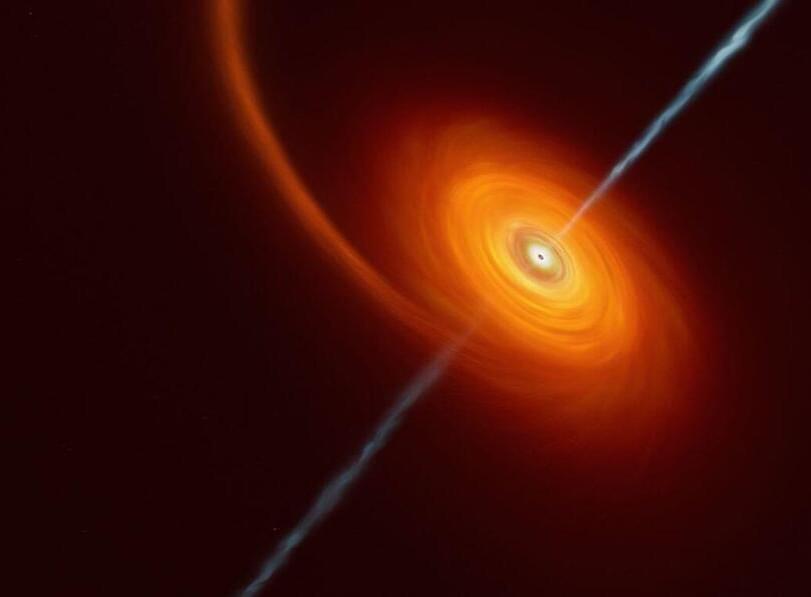
In this work, we analyzed in detail the motion of thousands of stars within each cluster,” said Alessandro Della Croce. “It quickly became clear that stars belonging to different populations have distinct kinematic properties…
How do stars form and evolve inside globular clusters? This is what a recent study published in Astronomy & Astrophysics hopes to address as an international team of researchers conducted a groundbreaking examination of star populations that reside within globular clusters, which consists of a densely packed group of stars pulled together by gravity, with the densest part in the center of the cluster. This study holds the potential to help researchers better understand the formation and evolution of stars and star populations in these unique environments throughout the cosmos.
For the study, the researchers conducted a 3D kinematic analysis of stars and star populations within 16 Galactic globular clusters (GCs) to determine the movements of stars and star populations within these clusters and how this causes the cluster to evolve over time. Since astronomers hypothesize that globular clusters are almost as old as the universe itself, they offer a unique opportunity to study some of the oldest stars in the universe, as well. In the end, the researchers found the rotation and orbital behaviors of stars were based on their light properties.
Continue reading “Unveiling the Evolution of Globular Clusters: A 3D View of Stellar Kinematics” »

















